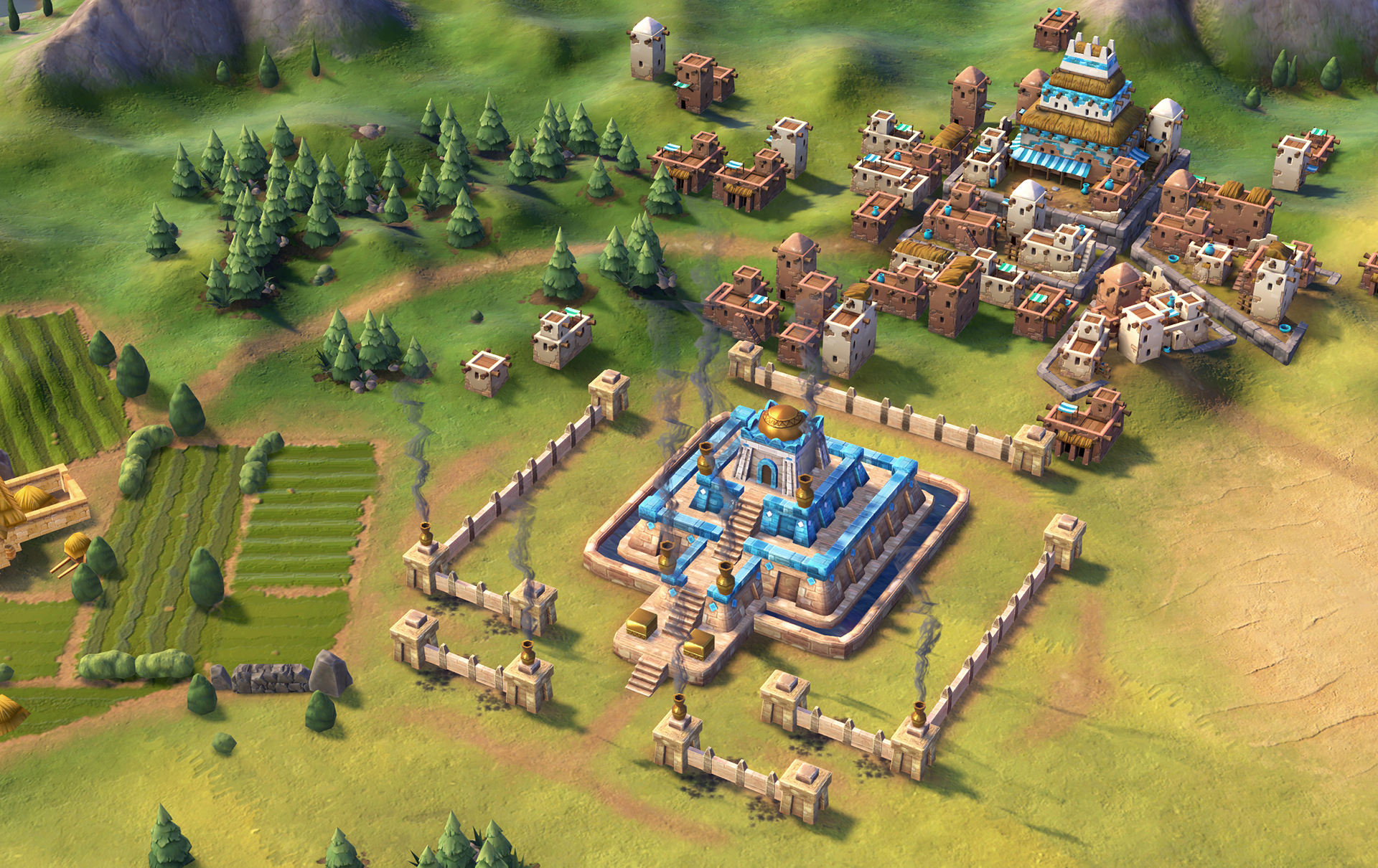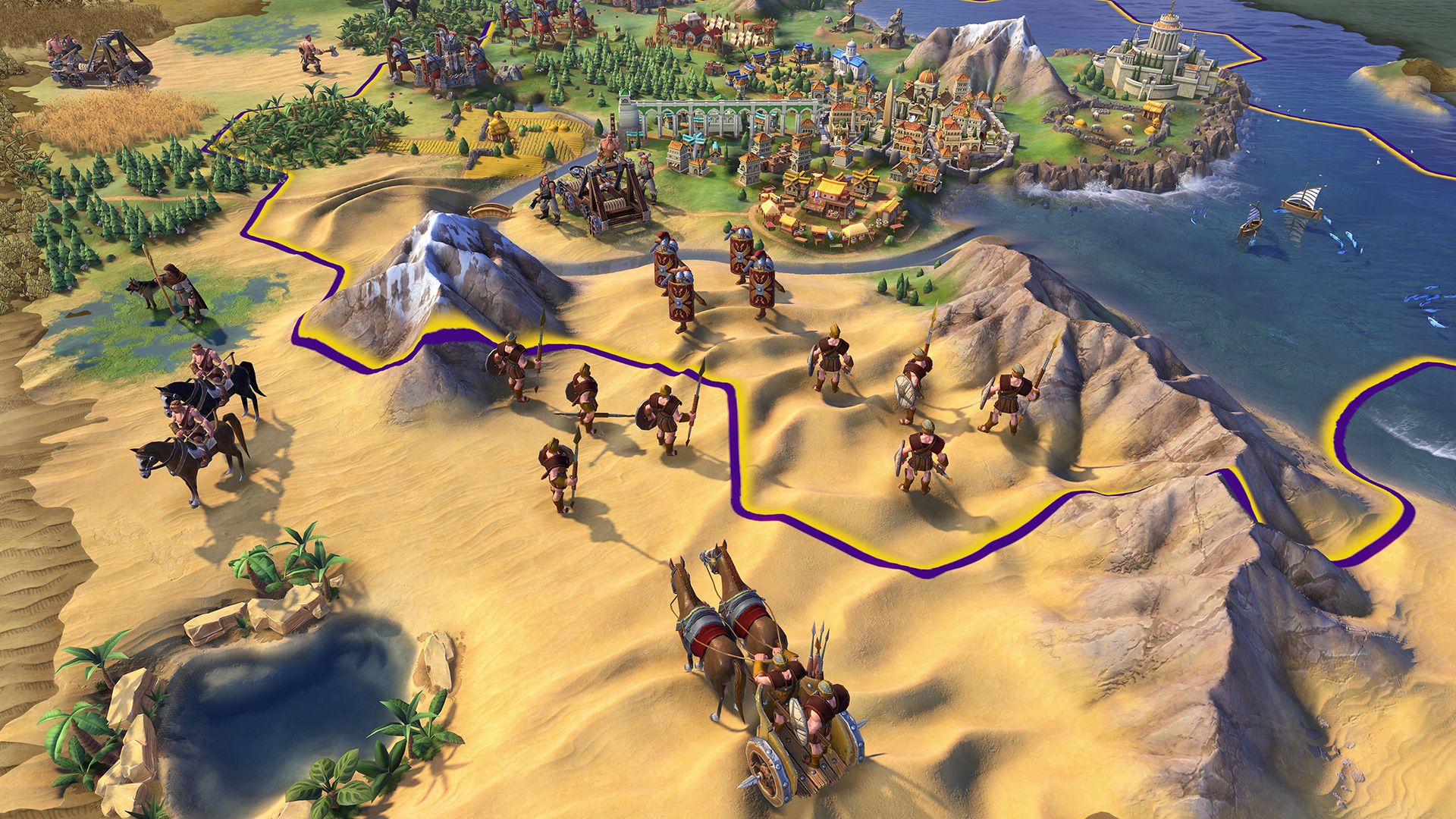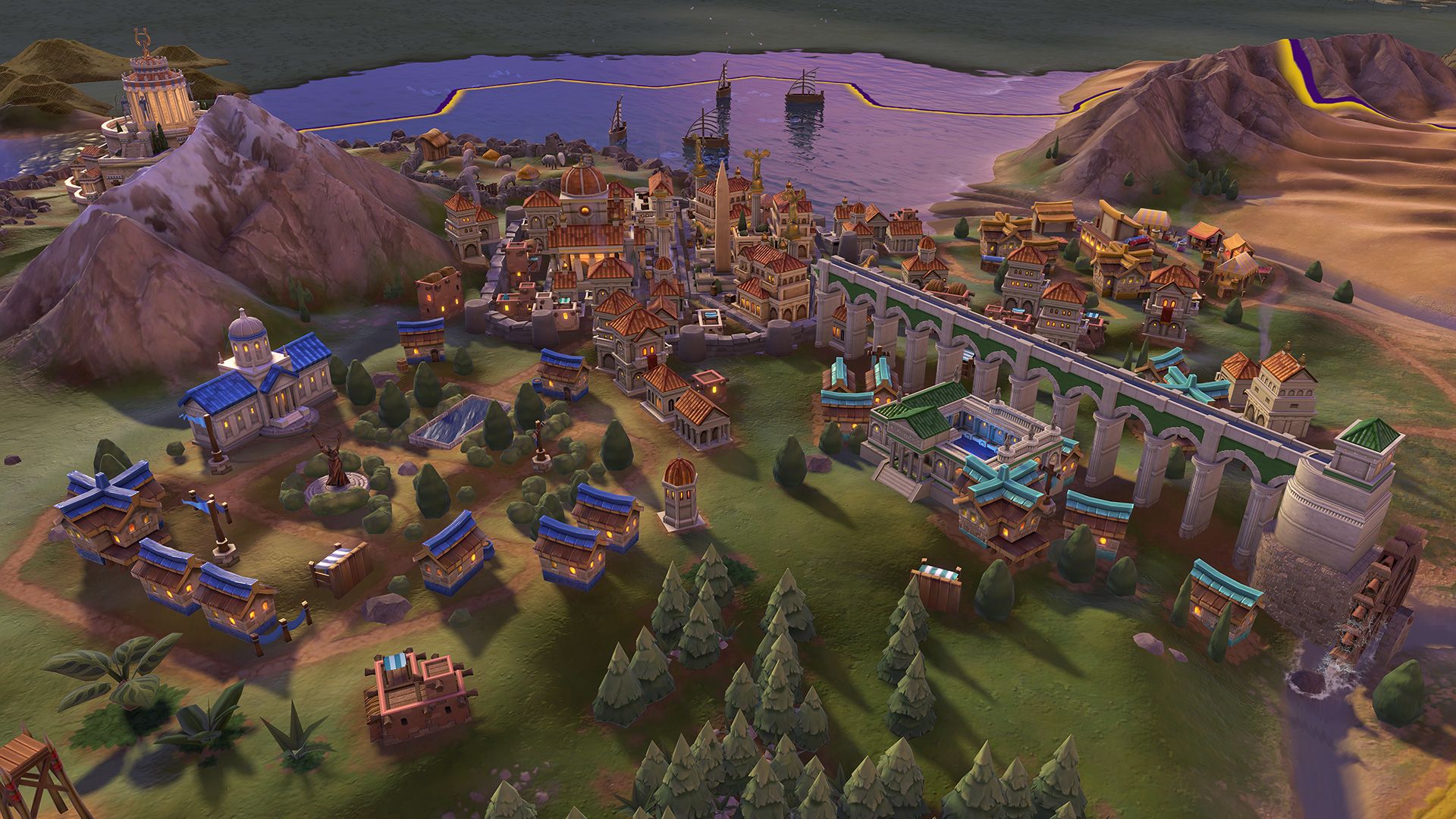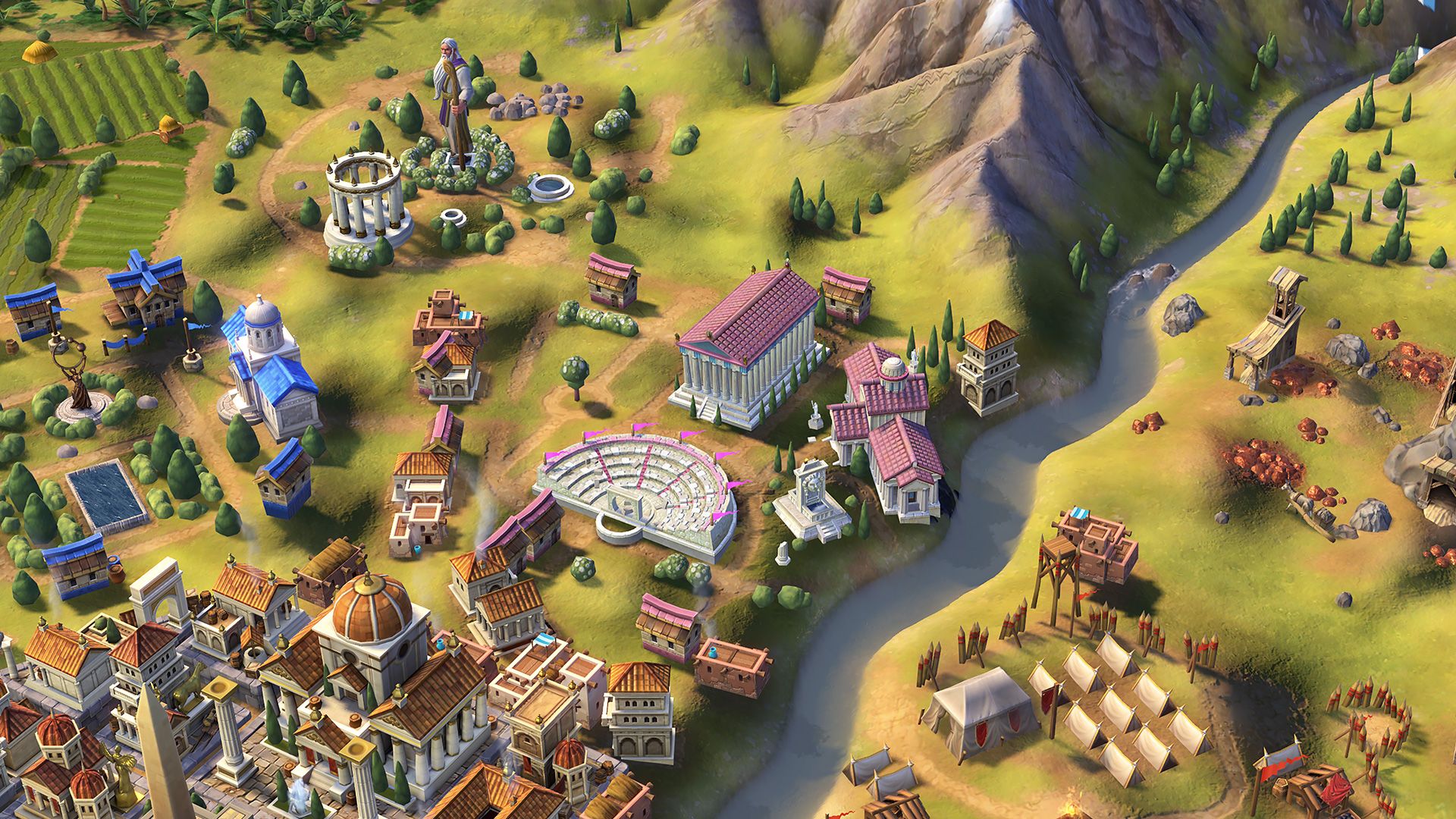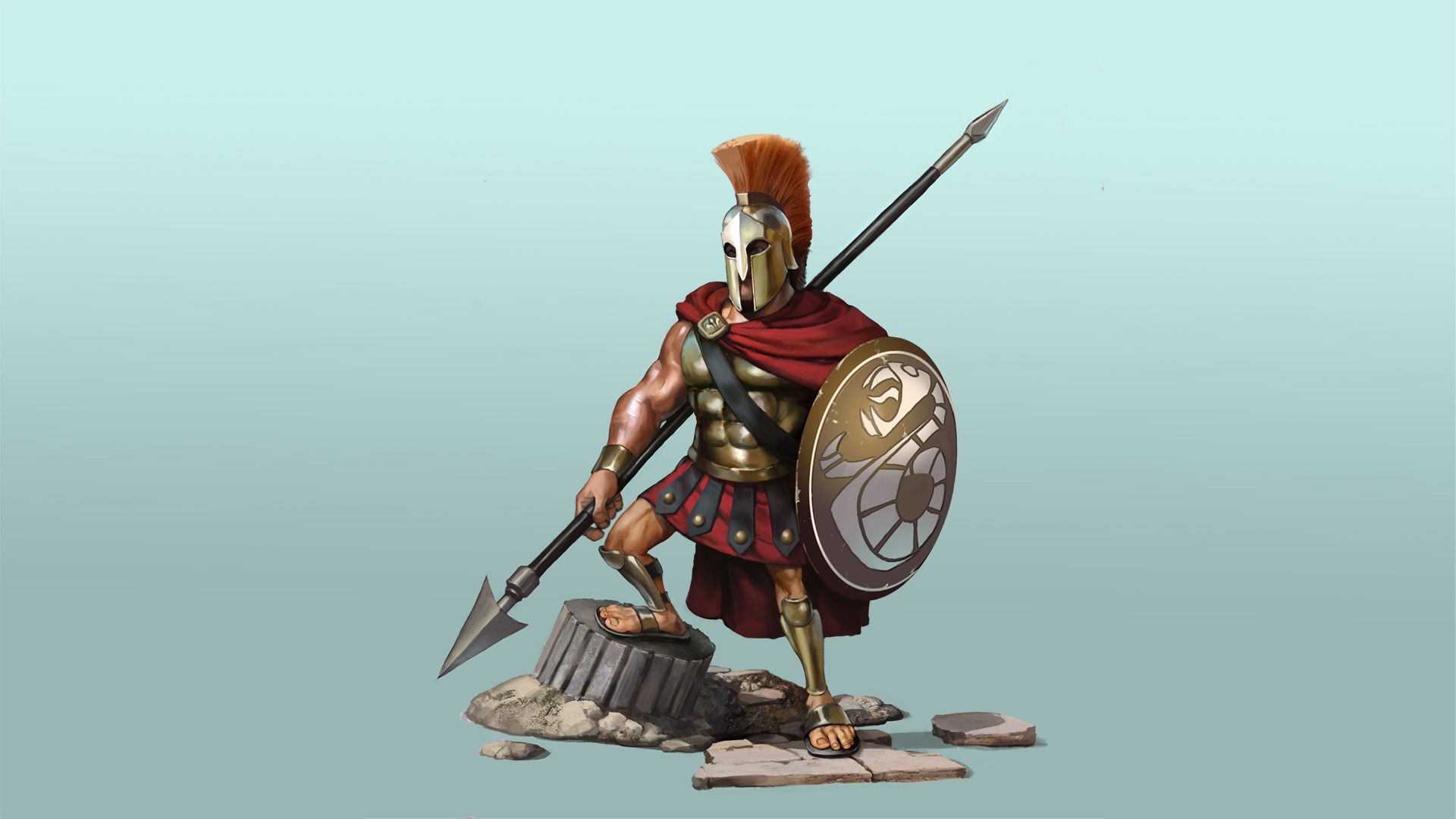
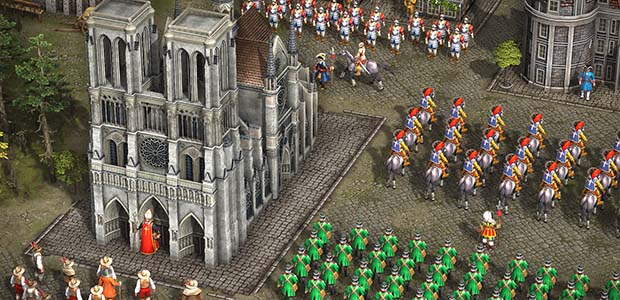
I’m trying to think who it could be. I don’t really have enemies any more, or not knowingly so. Some forgotten bully from school who never left our hometown and is still obsessed with tormenting me? A fellow journalist whose article I might have drunkenly tweeted something rude about in 2009? Someone I unfollowed or unfriended because they were tiresome or awful? You Know, Those Guys? Or: all of them, working together. Pooling their life savings to buy as many copies of a certain game as they can. Make no mistake: someone’s out to get me. It’s the only possible explanation.







